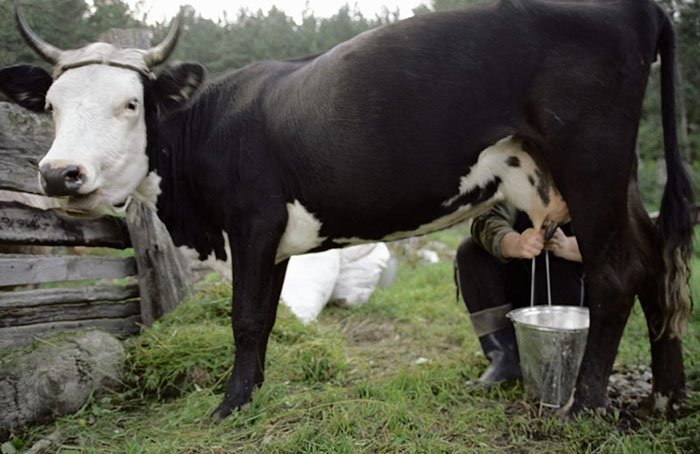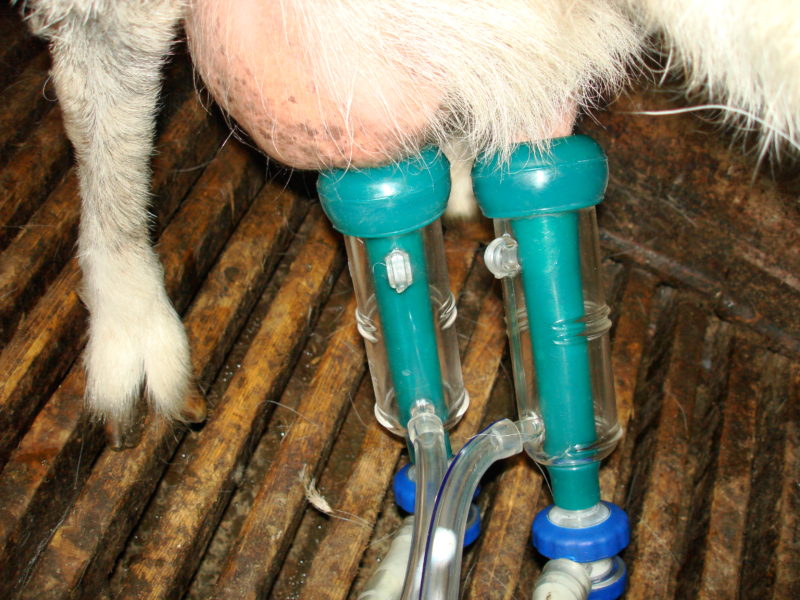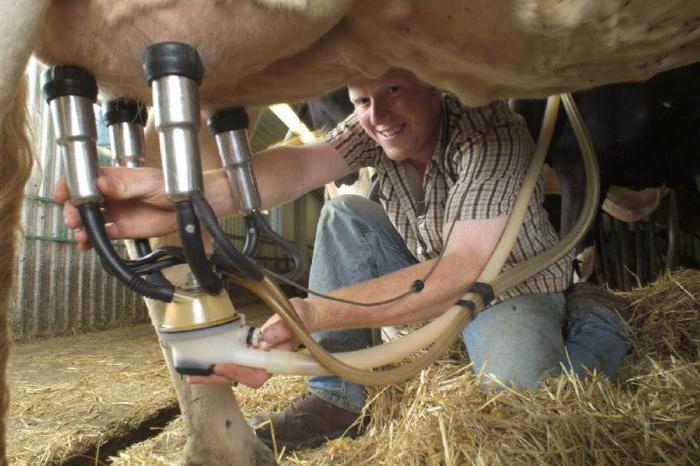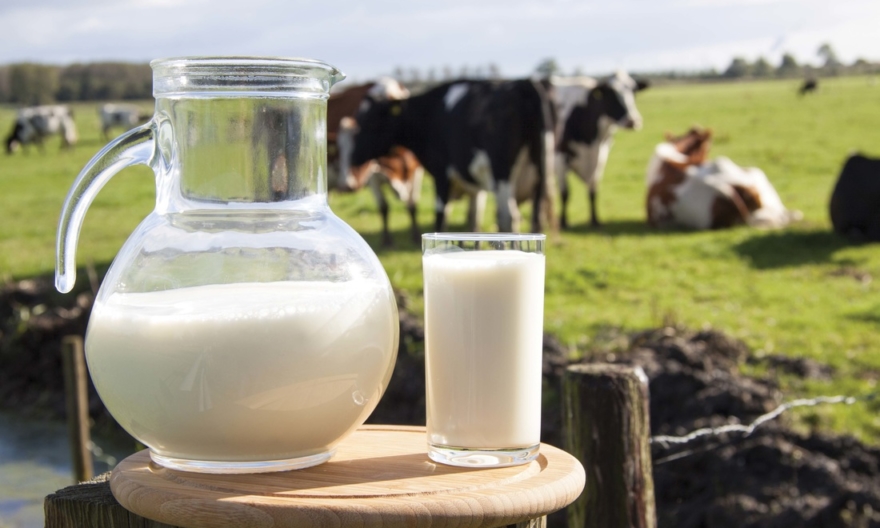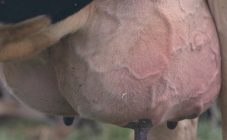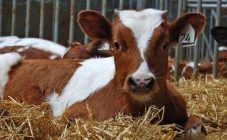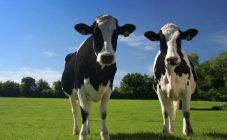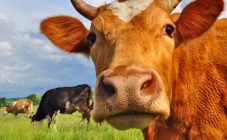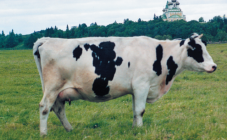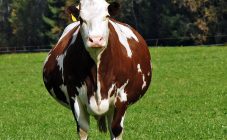Content:
Mechanization processes that facilitate physical labor penetrate into almost every sphere of human life. In agriculture, in recent decades, many devices have appeared to help caring for animals. One of these automated operations is the milking of cows.
Milking methods for cows
Before you start choosing a cow milking machine for home milking, you should understand the principle of operation and the differences between the various devices.
Any home milking is characterized by three main parameters that are taken into account:
- milking mechanism;
- discontinuity of the process;
- removing the milk container.
By the principle of operation, there are two types of devices:
- In the first case, a vacuum is created, with the help of which milk will be sucked out of the udder.
- In the second case, mechanical squeezing of milk occurs.
By the type of discontinuity in the milking process, 3 options can be distinguished:
- continuous process;
- work in 2 steps;
- threefold option.
In different machines, the container for collecting milk can be located directly with the milking or at some distance. In the second case, milk will enter the bucket through special channels.
Milking machines at home
You can make a milking machine yourself for your farm, but for this, only ready-made units should be used. Such an assembly will help to significantly reduce the cost of the finished product.
The advantage of self-assembly will be the ability to use the highest quality units in the device, while in factory production, both high-quality components and other weaker parts can be combined in one device.
Pulsator and collector
This pair of components is responsible for creating pressure and vacuum periods in the chambers. Experts recommend purchasing the latest functional pulse collectors, which are cheaper, but much more efficient in operation.
Hanging node
When choosing this node, the following points should be considered:
- It is better to choose transparent glasses to visually control the milking process.
- The pad, which is attached to the nipples, must be made of high-quality rubber that is not harmful and safe for the animal. One of the best options is a rubber material.
- Experts recommend choosing silicone suction cups, which are used in a gentle and triple mode.
Bucket
You can choose a bucket for a milking machine in different ways, depending on your capabilities and preferences:
- Aluminum - This material does not corrode and is lightweight;
- Food grade plastic - does not rust, is easy to clean, has a low cost, but at the same time has a short period of use;
- Stainless steel is the longest-lasting but most expensive bucket.
The principle of operation and structural features
Most manufacturers supply vacuum equipment for milking cows to the market. In their work, they resemble the process of how a calf sucks the udder of a mother. Only in the apparatus is it meant to replace the calf's mouth with a glass. A vacuum is formed in it, milk is sucked into the collector and enters the final container.
Such vacuum devices have a significant advantage - there is no nipple gum in their complexion, which brings discomfort to the cow at the end of the milking time.
A pump is responsible for creating a vacuum. It can be oil or dry rotary. Oil pumps work very quietly, but they require careful maintenance (it is important to monitor the fullness of the oil tank, and also not to overcool the device in winter - such pumps do not start well at low temperatures).
Rotary lobe pumps have two significant drawbacks: noise during operation, and you also need to make sure that water or other liquid does not get inside. But caring for them is easier.
In order to bring the milking process as close as possible to manual milking, the devices have 4 glasses, but they work in pairs - milk is sucked out from two teats. The glasses are replaced every second.
Intermittent milking
Of the three options for intermittent milking, the less demanded continuous method, since the teats do not have time to rest, they are constantly tense and do not relax, which is harmful to the animal. As long as the milking goes, the cow will be tense.
Two- or three-fold milking are very popular. The latter mimic the process of sucking by a calf as much as possible. There is an alternation of periods of work and rest:
- Milking milk.
- Compression of the nipple;
- Rest (relaxation).
In devices with two measures, there is no rest moment, i.e. relaxation of the nipples, which ensures a slow milking process. The disadvantage of double milking is the high probability of developing mastitis.
Step by step instructions for milking cows
Cow milking technology is described for each equipment in the instructions, but in general, the correct sequence of milking actions looks like this:
- The udder is cleaned using warm water and wiped off with a soft material.
- Massage with light movements to increase milk flow.
- A small portion of the milk should be milked from each teat to visually establish its quality.
- Check the condition and cleanliness of the milking.
- Place the cups of the device tightly over the nipples. A good fit is indicated by the absence of hiss during pumping.
- If the glass is dropped, the milking is finished. The device is reconnected.
- If the cow has a need to milk, then the collector is pulled down and rises again, while gently massaging the udder.
- After the termination of the flow of milk mass, the process is stopped, and the glasses are removed.
- The udder is wiped back and treated with petroleum jelly.
- The device is cleaned and disinfected.
Cost and types of milking machines
The cost of milking machines differs depending on the model and materials used to make the components. The price of such equipment varies in the range from 15 to 30 thousand rubles.
Domestic machine milking units earned the title of leaders. Milking equipment for cows from Ukraine, Turkey, as well as joint ventures (Russian-Turkish and so on) is equally popular.
For greater reliability and confidence in the equipment, it should be purchased directly from the manufacturer or authorized distributor. This will help to avoid many issues in the event of a breakdown, especially during the warranty period. Almost every manufacturer has their own virtual store on the Internet.
How to train a cow to use the machine
Getting a cow to get used to the milking machine will take some effort, as new equipment can be a real stress, especially for dairy animals: they are used to being milked by hand. Here are some tips from experienced professionals and farmers:
- After calving, for the first time, milk the cow with your hands, this will help develop the udder with nipples and exclude the formation of mastitis and the appearance of a tumor.
- If the cow has not been milking before, then she should be taught before calving so that she is not afraid of noise and equipment when milk appears.
- It is best to milk the cows at the same time, as the body gets used to the return of milk.
- First, the cow should be house-trained, and then the equipment should be trained.
- To prevent the disease, the udder is constantly treated with ointment or petroleum jelly.
- It is important to monitor the comfort of the animal during milking, they should be comfortable.
- With the help of devices, cattle must be milked in the same room, and not in a field, highway or yard near the house.
As you can see, the use of automatic milkers is a significant acceleration in milk production. But before buying a milking machine, you need to take into account some points, as well as prepare the animal for the new equipment (this is the most important rule of success and getting a lot of milk). If the latter is not done, then mechanized milking for cows will become stressful, which will lead to the loss of some of the milk yield.
